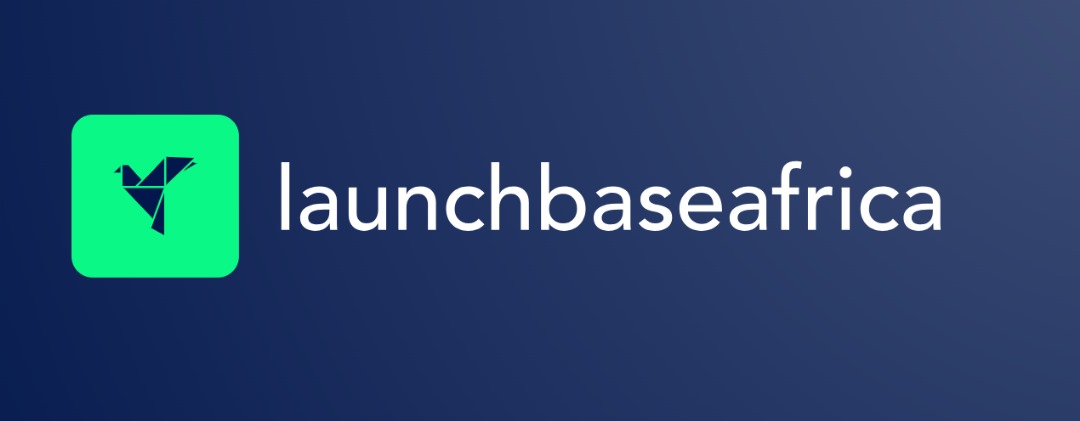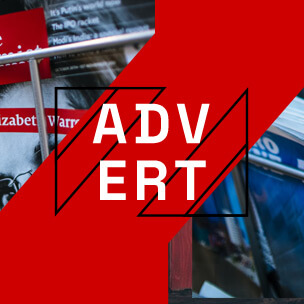Morocco has formally triggered a new financing vehicle designed to inject 2.5bn MAD (approx. $269m) into its startup ecosystem, marking one of North Africa’s most significant public interventions in venture capital to date.
The agreement, signed in Rabat on November 21, brings together the Ministry of Digital Transition, the Mohammed VI Investment Fund (FM6I), the Caisse de Dépôt et de Gestion (CDG), and the state-guarantee institution Tamwilcom.
While the headline figure is significant, the structure of the deal suggests a shift in strategy for the Kingdom. Rather than acting solely as a Limited Partner (LP), the government is utilising Tamwilcom to provide risk coverage—essentially insuring private investors against initial losses to encourage capital deployment in a risk-averse macroeconomic climate.
The Mechanics: De-risking the VCs
The initiative is not a single fund, but a “fund of funds” mechanism. Led by Tamwilcom, the vehicle will channel capital into nine specifically selected management companies.
The core innovation here is the two-pronged approach to liquidity:
- First-loss risk coverage: Tamwilcom will provide guarantees to investors, absorbing the initial downside risk. This is designed to attract hesitant private capital, particularly international investors wary of emerging market volatility.
- Direct Investment: In specific cases, Tamwilcom will deploy capital directly on behalf of the Ministry to bridge funding gaps.
This structure addresses a chronic bottleneck in the North African market: the availability of seed and growth-stage capital. While pre-seed funding has grown, the “valley of death” between Seed and Series A remains a hurdle for Moroccan founders.
The Breakdown: Who gets the money?
The 2.5bn MAD will be distributed via nine management companies selected following a call for expression of interest by the Mohammed VI Investment Fund. The selection has been structured to cover the entire lifecycle of a startup:
- Pre-Seed: 3 funds selected.
- Seed: 2 funds selected.
- Series A and above: 4 funds selected.
The identities of the nine specific managers for this startup-focused tranche have not yet been itemized in the immediate release, though officials noted a mix of three domestic firms, five foreign entities, and one consortium. The target sectors align with Morocco’s “Digital Morocco 2030” strategy, prioritizing Fintech, Agritech, Edtech, Digital Health, and Climate-tech.
Getty Images
The Broader Context: FM6I’s Aggressive Deployment
This $269m startup initiative is part of a wider capital deployment strategy by the Mohammed VI Investment Fund (FM6I).
In July, the FM6I announced a larger, parallel programme involving 14 investment fund managers aimed at broader economic resilience, targeting SMEs, infrastructure, and industrial sectors. That broader initiative mobilised approximately $1.9bn ($450m in public capital leveraged against $1.46bn in private investment).
While the startup fund focuses on high-growth tech, the broader July cohort includes heavyweights focusing on private equity and infrastructure, including:
- CDG Invest & AlphaVest: Focusing on industrial growth.
- Kasada & Westmont: Targeting the hospitality and tourism sector.
- Attijari Capital & Holdagro: Focused on agriculture.
The bifurcation of these funds suggests the government is attempting to firewall high-risk venture capital (the new $269m allocation) from traditional private equity and infrastructure projects.
Foreign Capital and ESG Mandates
A key component of the new framework is the reliance on international expertise. With five of the nine selected startup fund managers being foreign, the FM6I is explicitly looking to import technical capacity. International partners are required to establish local teams, a move intended to professionalise the domestic private equity ecosystem.
Furthermore, the FM6I, a signatory to the UN Principles for Responsible Investment, has mandated that all selected funds incorporate Environmental, Social, and Governance (ESG) criteria into their investment thesis.
The Bottom Line
For Moroccan founders, this is a critical development. The ecosystem has historically trailed behind “The Big Three” of African tech—Nigeria, Kenya, and Egypt—in terms of total VC volume. However, Morocco has recently been positioning itself as a gateway to Francophone Africa, leveraging stability and infrastructure.
By utilizing a guarantee mechanism (Tamwilcom) rather than just direct cash injections, the government is attempting to multiply the impact of public money. If successful, this could provide the safety net required to unlock reluctant domestic private capital—money that has traditionally preferred real estate over technology.
The real test will be the speed of deployment. Government-backed vehicles are often criticized for bureaucratic slowness. With the agreements signed, the ecosystem will now be watching how quickly term sheets begin to land on founders’ desks.
Key Figures at a Glance
| Metric | Details |
| Total Allocation | 2.5 Billion MAD (~$269 Million) |
| Primary Vehicle | Tamwilcom (State Guarantee Institution) |
| Beneficiaries | 9 Selected Fund Management Companies |
| Focus Stages | Pre-Seed (3 funds), Seed (2 funds), Series A+ (4 funds) |
| Key Sectors | Fintech, Agritech, Edtech, Healthtech, Climate-tech |
| Key Stakeholders | Ministry of Digital Transition, FM6I, CDG |


